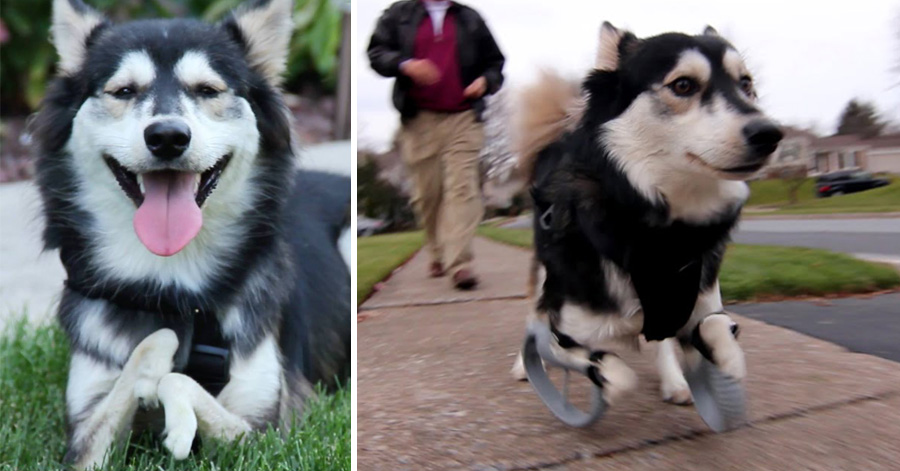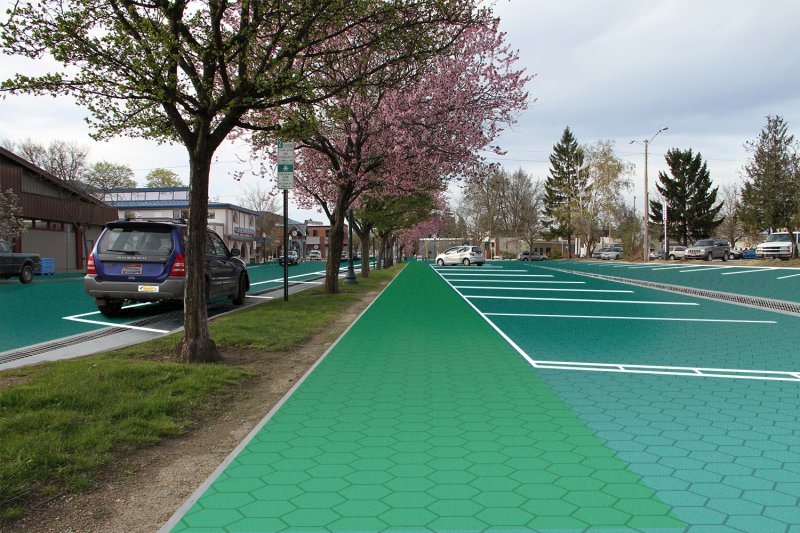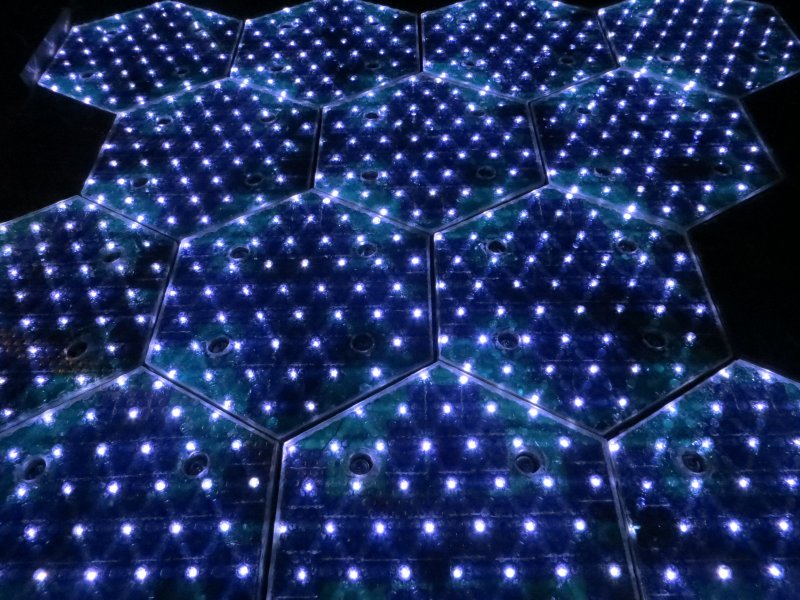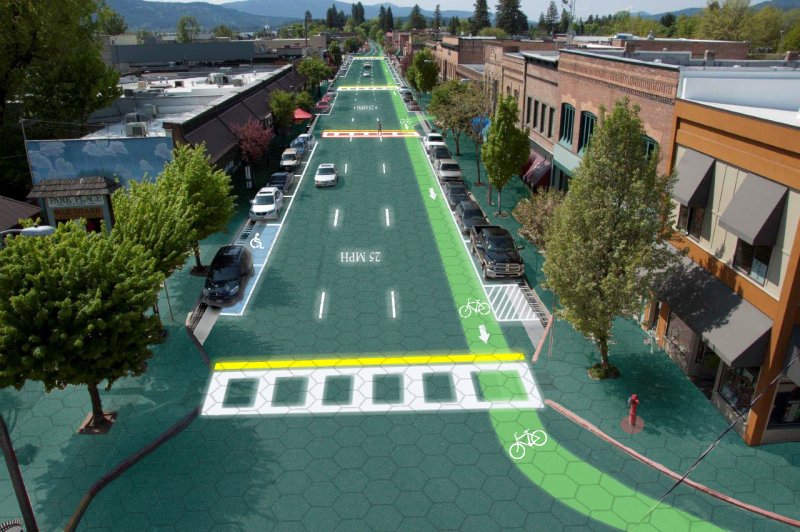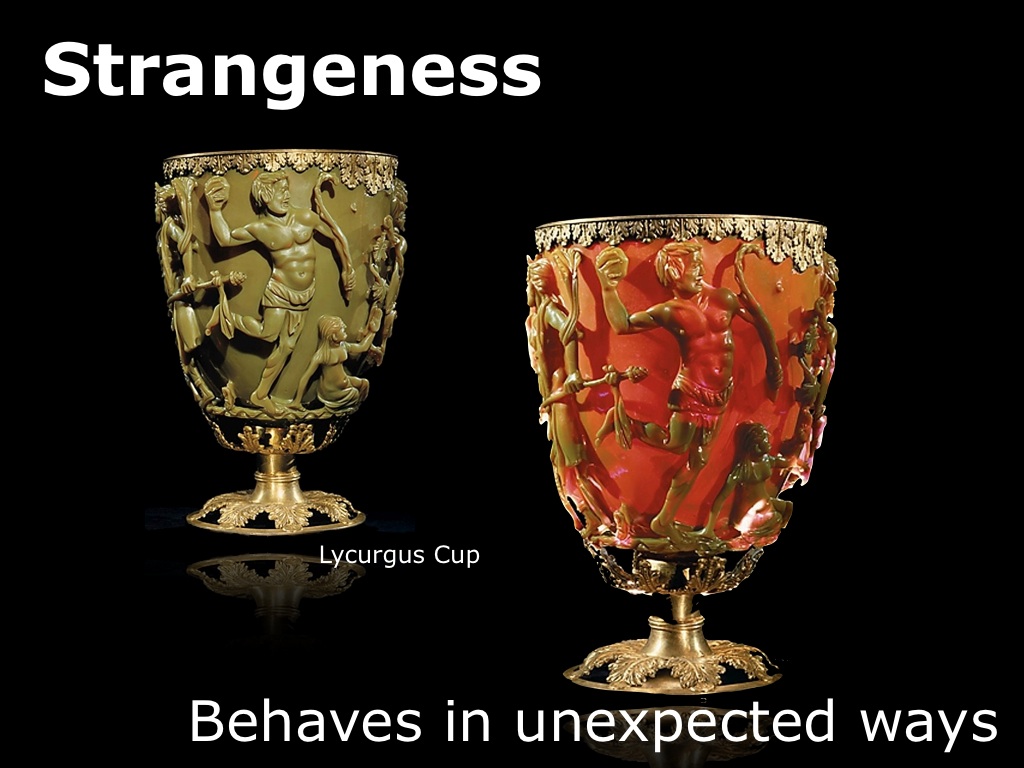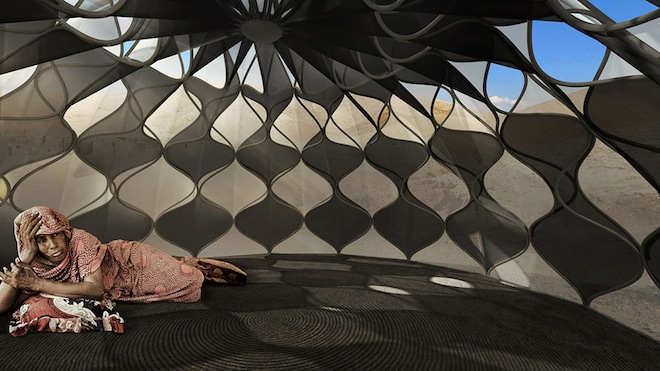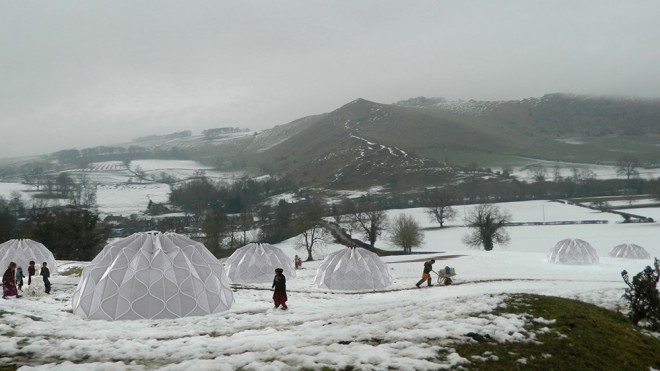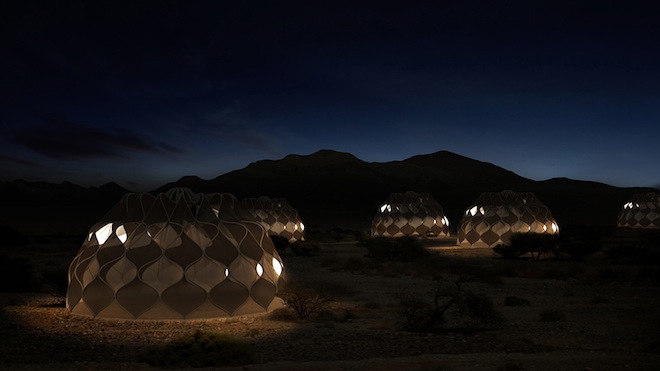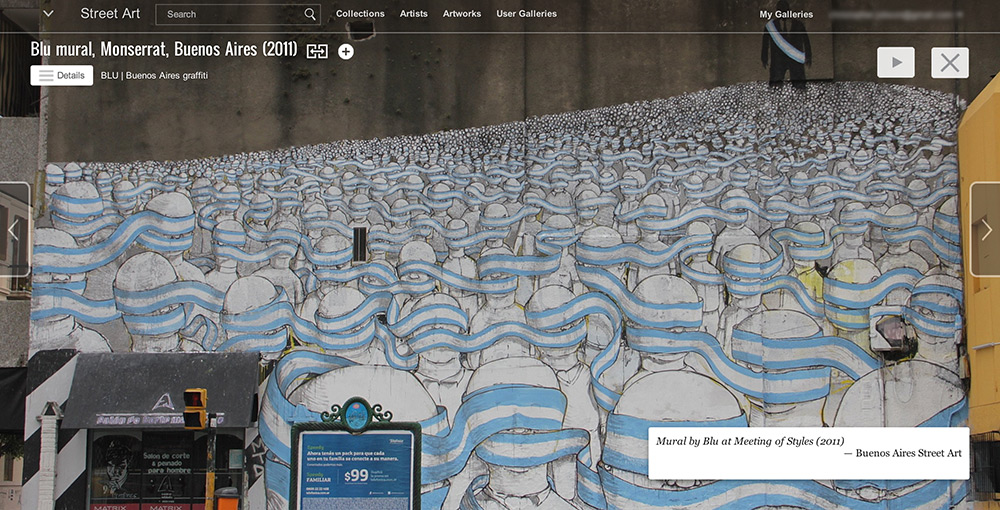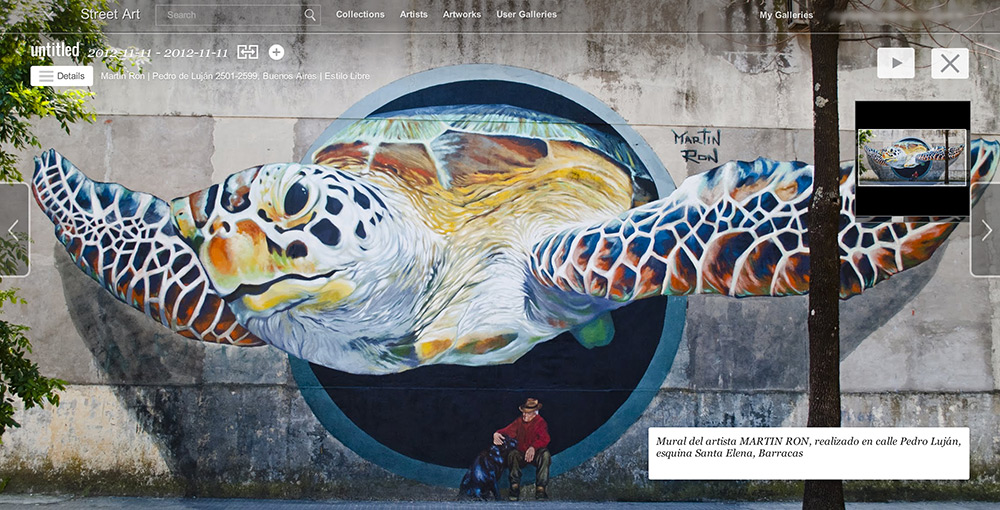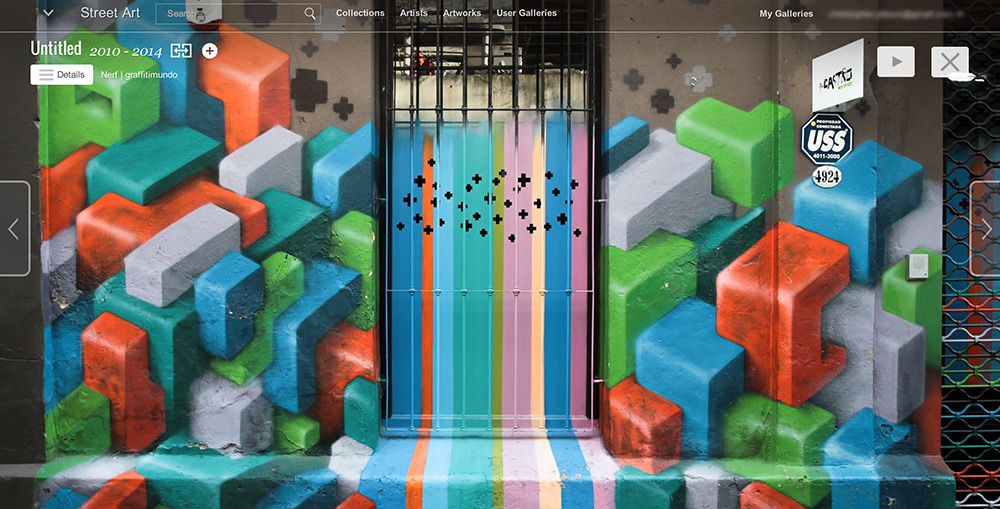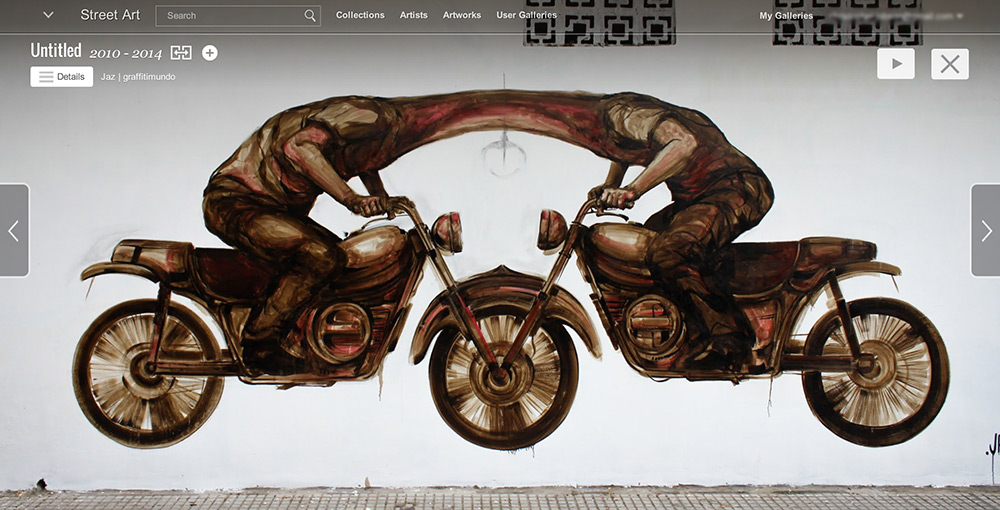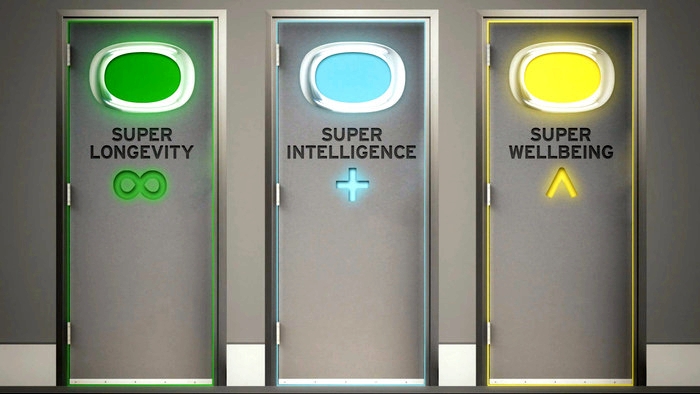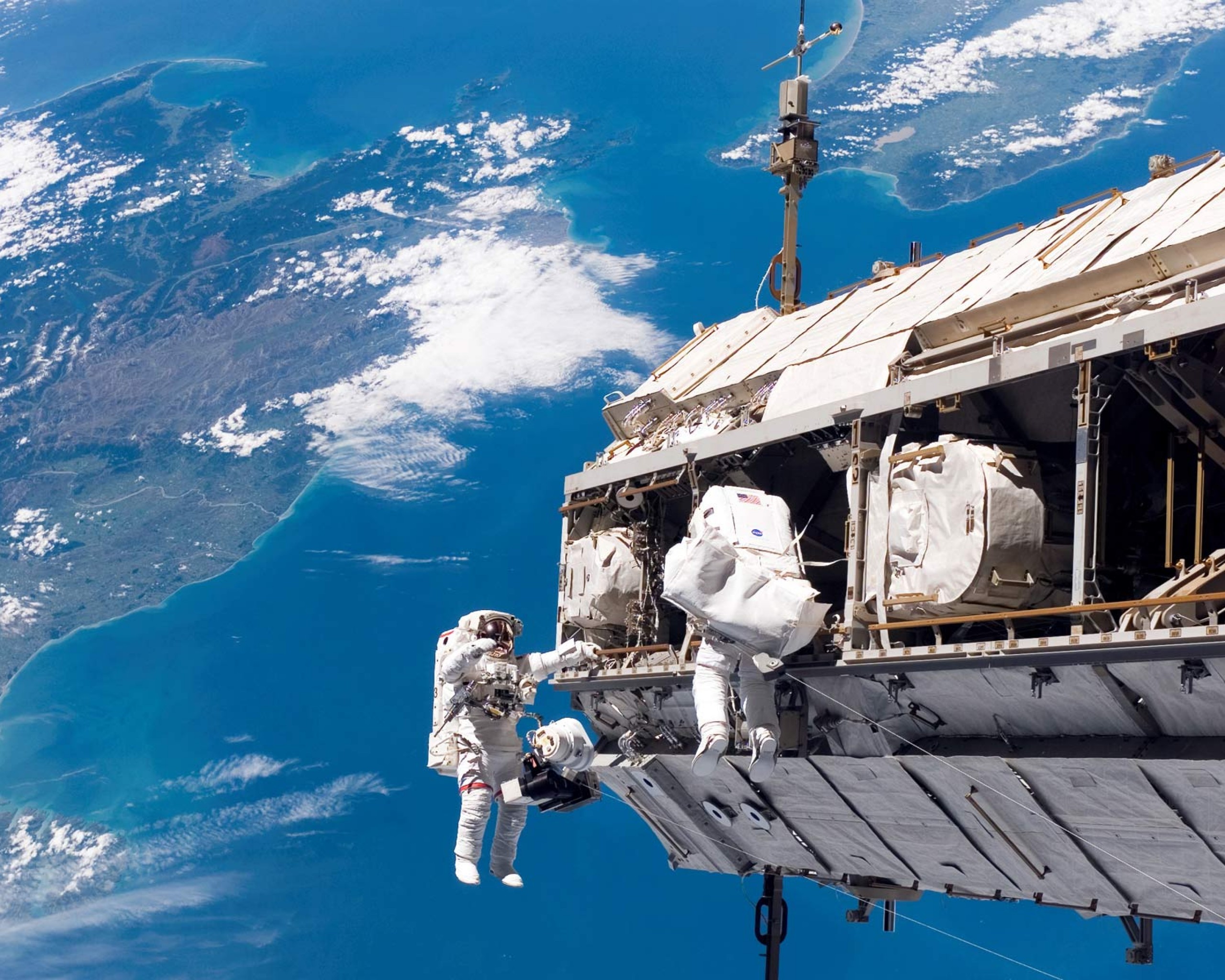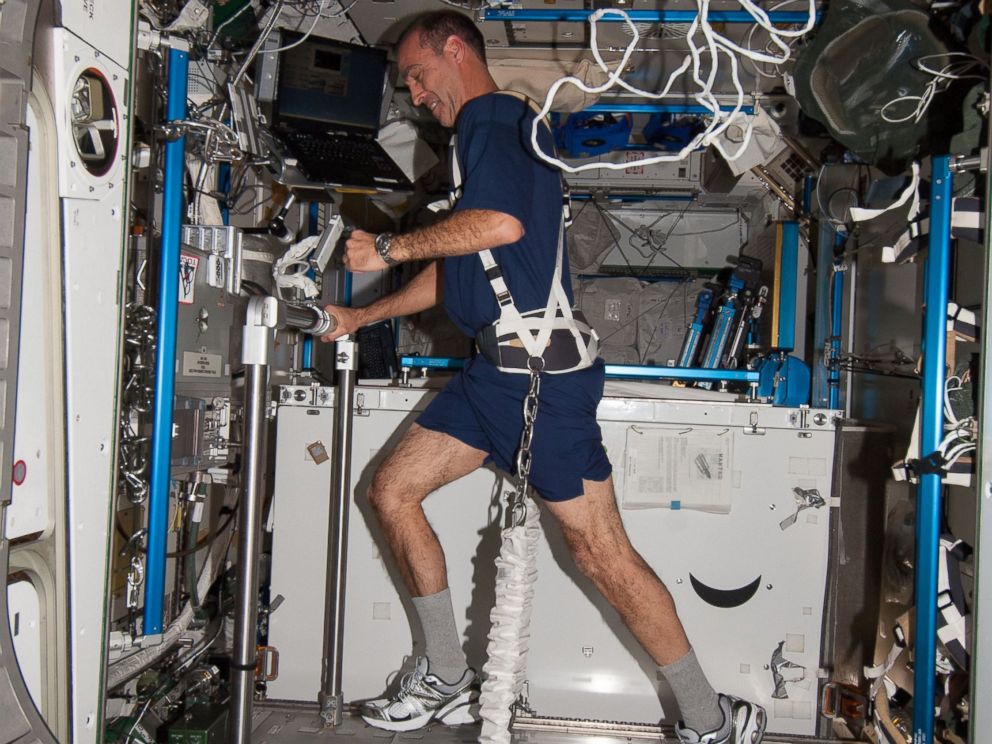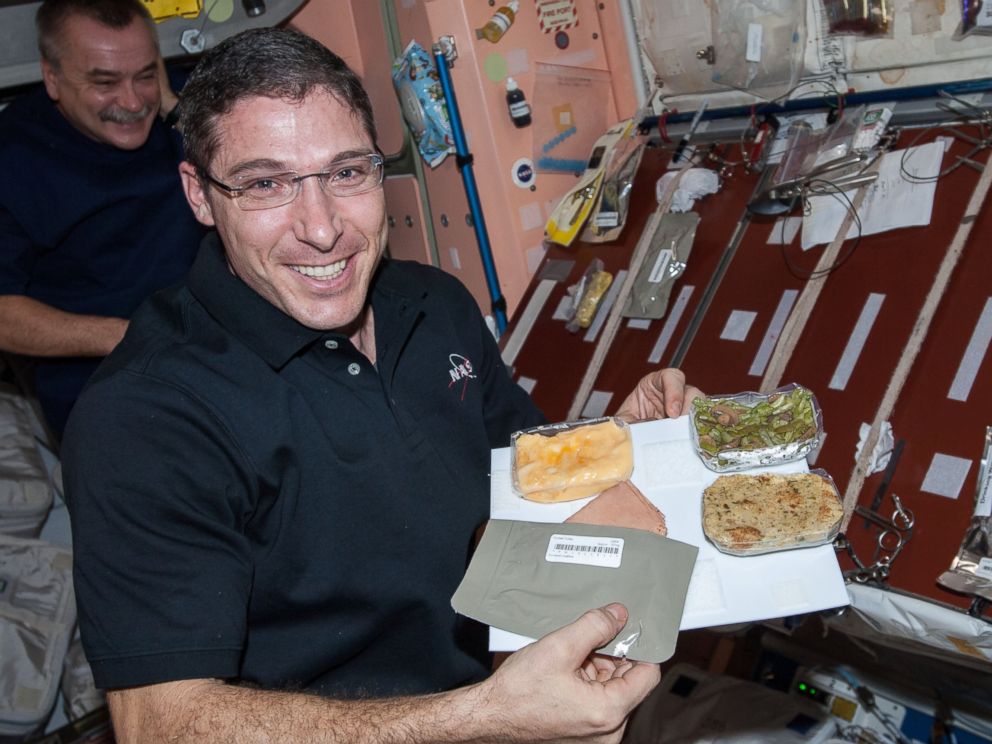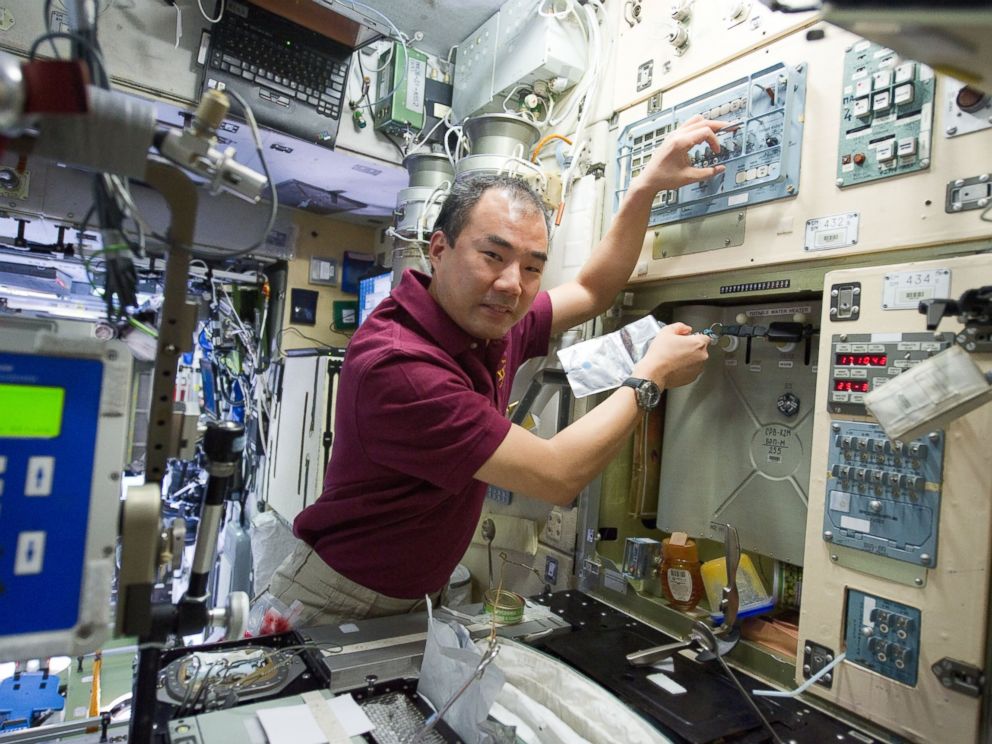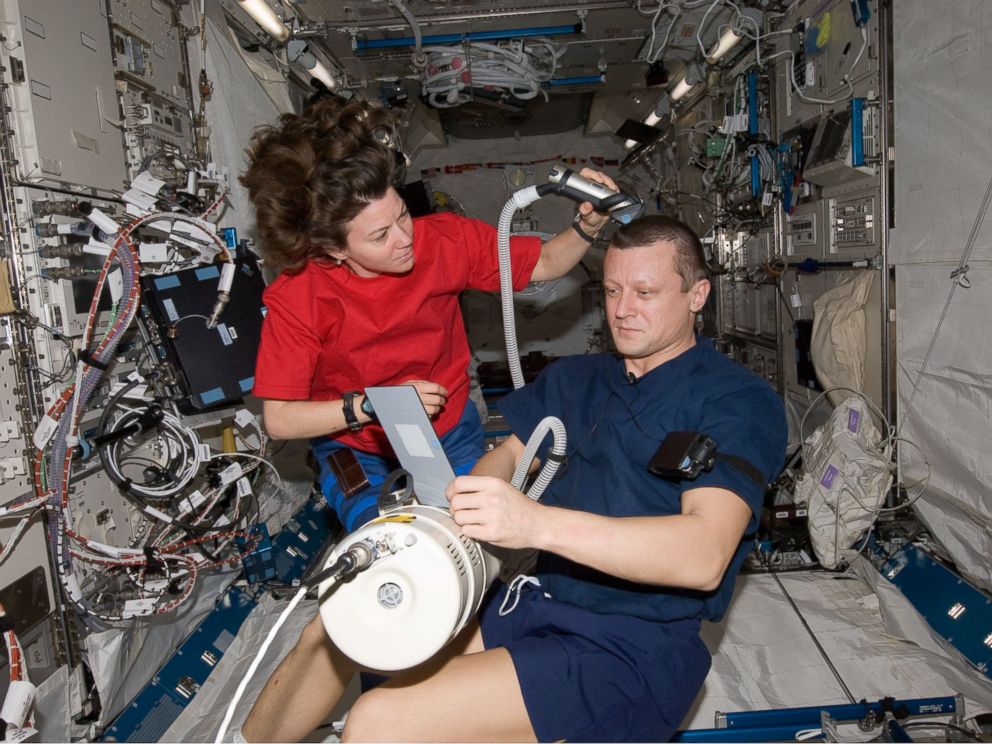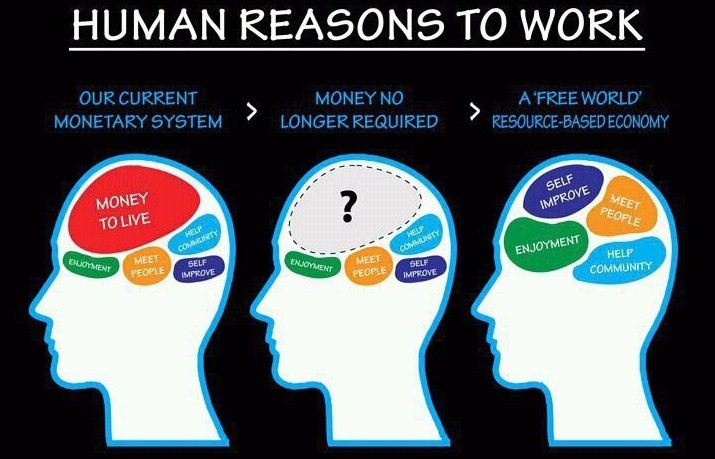Technological advances continue at an exponential pace. Our brightest minds and unstoppable doers bring about a new way of living. It is quickly becoming apparent that the only thing holding back the human race is the human race itself.
As we embrace new ways of thinking and new ways of doing; we will find new ways of co-existing. From the economy to medicine; technology is changing all facets of the human world.
The time to let go of outdated self-serving enterprises is here; this is the time to accept ideas that encompass values beyond profit, power and persecution.
Technological Advances
Robotics

Today we have robots that can self-replicate, re-assemble after being kicked apart, shape-shift, swarm, create emergent effects, build other robots, slither like a snake, jump to the tops of buildings, walk like a pack mule, and run faster than a human. They even have their own internet. Put it all together and you realize that we’re in the midst of a robotic revolution that’s poised to change virtually everything.
Humans are creators. The rise of robotics in the workplace leads to more free time for humans to create and experience. As robots continue to take the place of humans in areas of life that are menial and dangerous; the human experience will evolve.
Waste to Biofuel
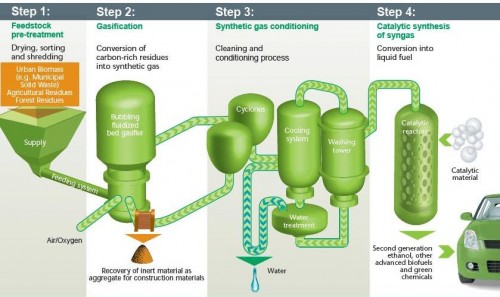
“Energy recovery from waste” — a process that typically involves the production of electricity or biofuels (like methane, methanol, ethanol or synthetic fuels) by burning it. Cities like Edmonton, Alberta are already doing it — and they’re scaling up. By next year, Edmonton’s Waste-to-Biofuels Facility will convert more than 100,000 tons of municipal solid waste into 38 million litres of biofuels annually. Moreover, their waste-based biofuels can reduce greenhouse gas emissions by more than 60% compared to gasoline. This largely overlooked revolution is turning garbage (including plastic) into a precious resource. Already today, Sweden is importing waste from its European neighbors to fuel its garbage-to-energy program.
Waste management plus a new source of energy; this kind of thinking and problem solving is what the future holds.
Gene Therapy
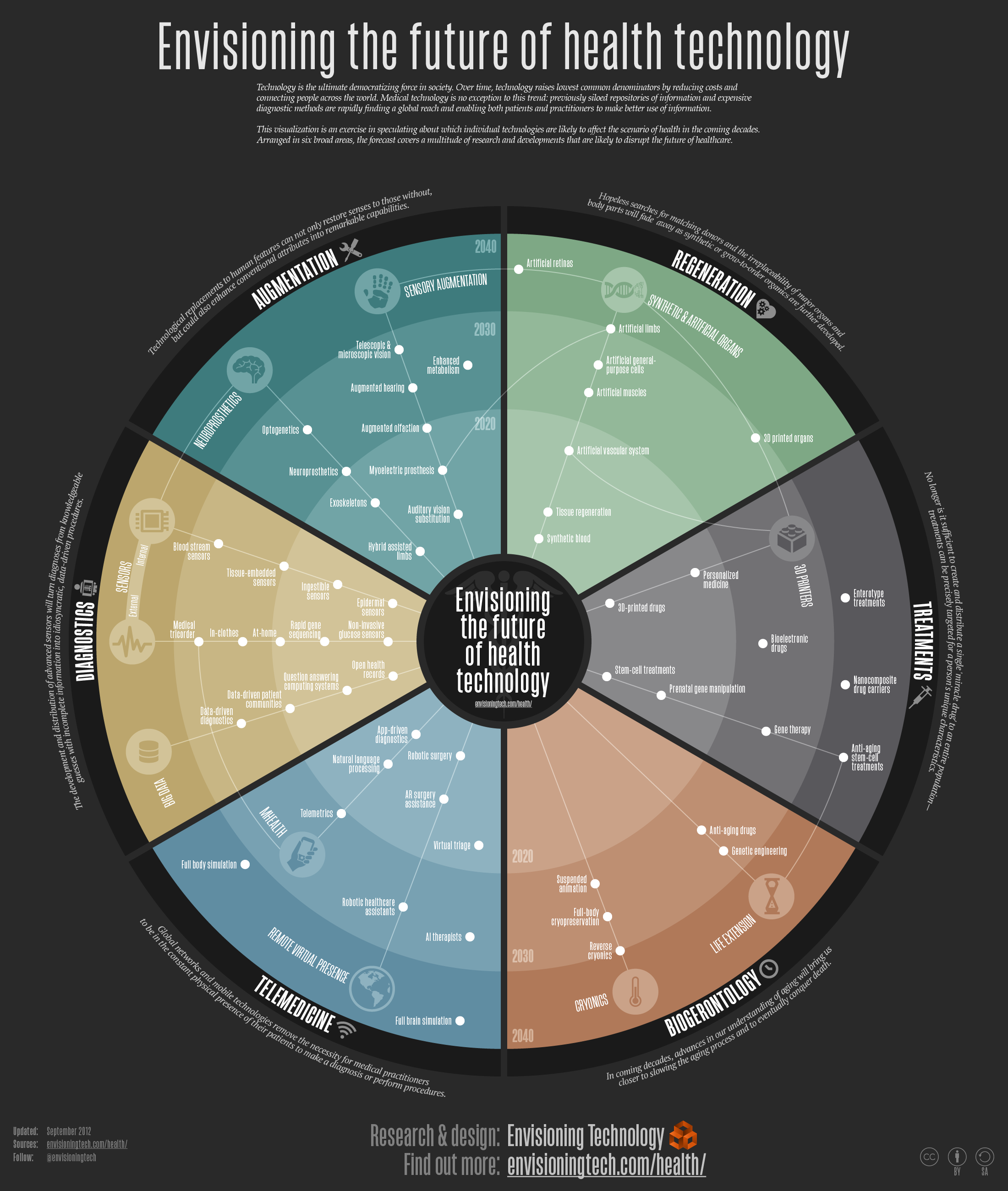
Though we’re in the midst of the biotechnology revolution, our attention tends to get focused on such things as stem cells, tissue engineering, genome mapping, and new pharmaceuticals. What’s often lost in the discussion is the fact that we already have the ability to go directly into our DNA and swap genes at will. We can essentially trade bad genes for good, allowing us to treat or prevent diseases (such as muscular dystrophy and cystic fibrosis) — interventions that don’t require drugs or surgery. And just as significantly, gene therapy could eventually give rise genetic enhancements (like increased memory or intelligence) and life extension therapies.
The future of healthcare is only limited by the desire for profits in our current social structure. As our socio-economic views change; the way we approach health care will follow suit.
Digital Currency

The idea of digital currency is slowing starting to make the rounds, including the potential for Bitcoin, but what many of us don’t realize is that’s it’s here to stay. Sure, it’s had a rough start, but once established and disseminated, electronic cash will allow for efficient and convenient online exchanges — and all without the need for those pesky banks.
The rise of the Bitcoin is a sign of the changing times. Value is derived by humans, the true value lies within humans. It has always been this way but we often believe that money holds value on its own. Currency is the exchange of human worth in physical form and the value correlates to the stock put into yourself. This change is still murky as economics pushes the gears that make this current world turn. But these outdated policies and practices will give way to new and improved systems. That is how our current system came into being in the first place.
Concentrated Solar Power
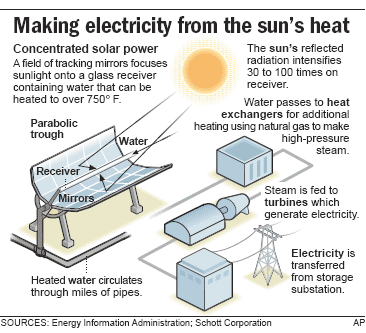
A recent innovation in solar power technology is starting to take the world by storm. It’s called concentrated solar power (CSP), and it’s a massively distributed system for extracting solar energy with mirrors and lenses. It works by focusing the incoming sunlight into a highly concentrated area. The result is a highly scale-able and efficient energy source that is allowing for gigawatt sized solar power plants. Another similar technology, what’s called concentrated photovoltaics, results in concentrated sunlight being converted to heat, which in turn gets converted to electricity. CPV plants will not only solve much of the world’s energy needs, it will also double as a desalination station.
Organic Electronics
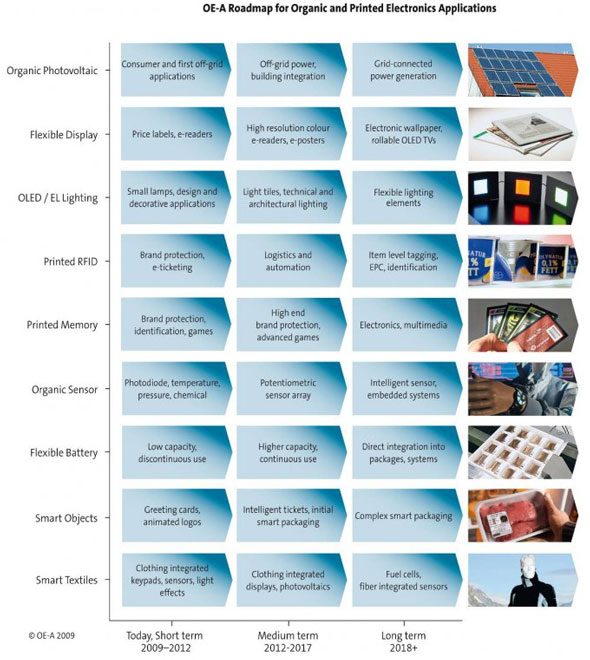
Thanks to the rise of the nascent field of organic electronics, it’s likely that we’ll rework the body’s biological systems and introduce new organic components altogether. Already today, scientists have engineered cyborg tissue that can sense its environment.Other researchers have invented chemical circuits that can channel neurotransmitters instead of electric voltages. And as Mark Changizi has suggested, future humans will continue to harness the powers of their biological constitutions and engage in what Stanislas Dehaene calls neuronal recycling.
These are only some of the technological advances that will change humanity. I’m excited for the present day advancements and the future we are all building together. How about you?

